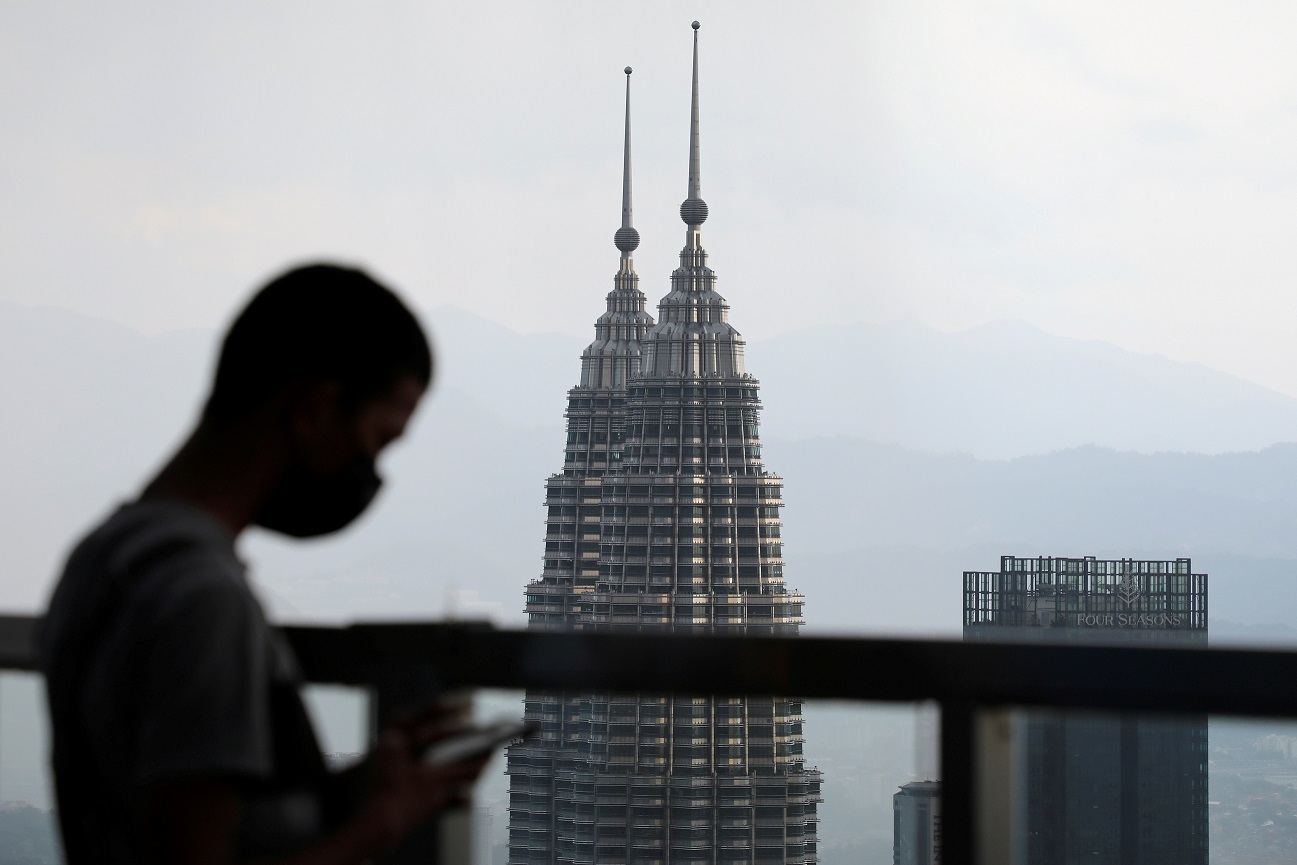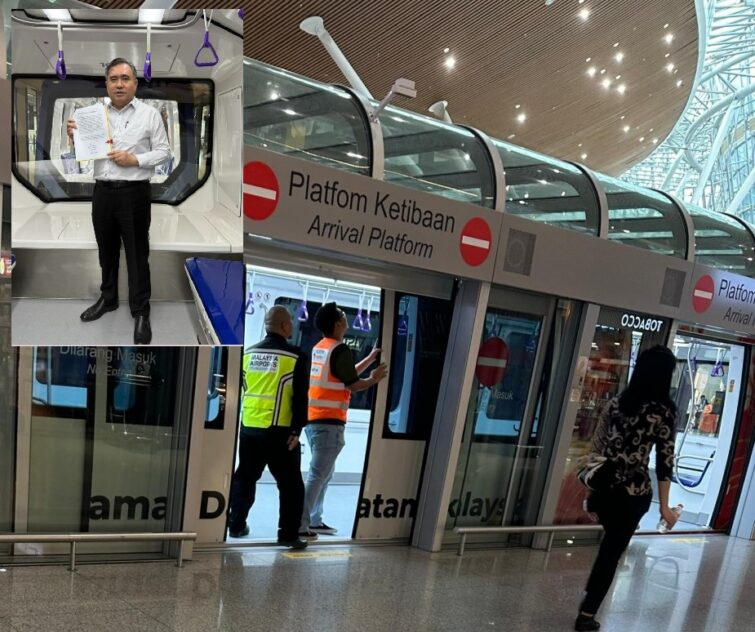5G SEEMS to be so elusive to Malaysians. It has been over two months since the Government’s decision to retain the single wholesale network (SWN) and the publication of the reference access offer document by Digital Nasional Bhd (DNB).
Yet there is still no certainty that the Big-Four telcos (Celcom, Maxis, Digi and U-Mobile) would ink their 5G wholesale agreements or acquire individual stakes in DNB by the stipulated end-June deadline.
While this could deprive Malaysians from enjoying 5G access faster than their lesser developed regional peers, the stalemate on the SWN continues to be a key sector overhang with Malaysian telcos being the worst performers among the ASEAN-4 telcos year-to-date (YTD).
Sadly, this will also throw a spanner in the Government’s 5G aspirations to accelerate the development and growth of high speed, affordable, and reliable 5G connectivity and coverage for the socioeconomic benefit of all Malaysians.
“Key areas of discontent are on the prohibitive wholesale pricing structure (10-year agreement), the ability to ‘influence’ decision-making and justify their investments without a majority stake in DNB,” revealed RHB Research’s analyst Jeffrey Tan in a telecommunications sector update.
“It is also uncertain if the Government would relent on the proposal by the telcos for majority control of DNB with the Communications and Multimedia Minister saying that the matter has yet to be decided upon.”
Amid such background, the research house expects fixed line operators to continue thriving even as the listed telco players are down circa 23% year-to-date (YTD) (-19% vs the FBM KLCI) with 5G uncertainty as the key sector overhang.
“Fixed line will still rule with their operators sustaining their earnings momentum on structural demand and policy initiatives,” projected RHB Research.
“Telekom Malaysia Bhd’s (TM) 1Q FY2022 core earnings grew 3% year-on-year (yoy) (despite a RM105 mil voluntary separation scheme cost), while Time dotCom Bhd’s core earnings rose 16.1% yoy. Aggregate fixed line EBITDA (earnings before interest, taxes, depreciation, and amortisation) was steady (+1% yoy) with good cost discipline and opex restraint.” – June 10, 2022









